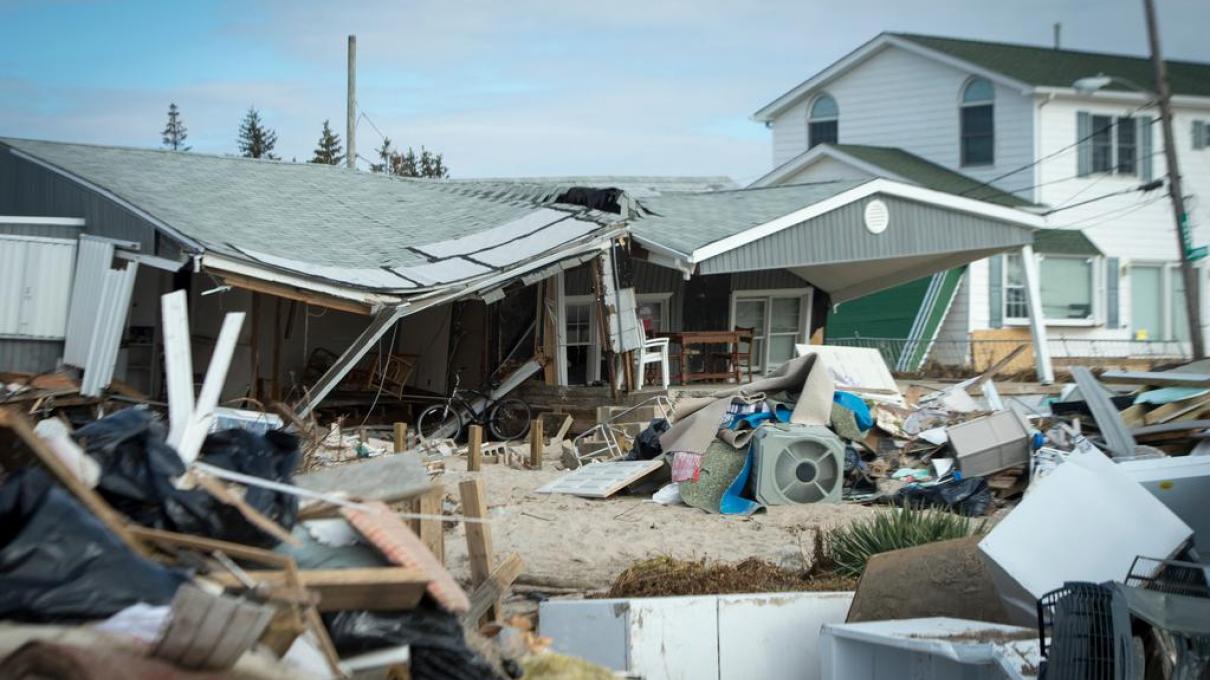Disasters and Displacement: Evictions in the Immediate Aftermath of Natural Disaster

Justin Steil, Miho Mazereeuw, Mark Brennan, Lizzie Yarina
Climate related disasters have increased in frequency and severity in the past three decades [1]. At the same time, the share of low-income household budgets allocated for rental housing has been rising. At the intersection of these two trends, our study examines an important dimension of urban inequity—evictions of low-income renters after disasters—that results from climate related disasters. Understanding why this type of eviction occurs, and designing interventions to address it, requires a multidisciplinary analysis that uses architecture, law, sociology, and urban planning.
Our initial analysis of two large and unique panel datasets of disasters and evictions shows that a severe natural disaster nearly doubles the eviction rate in an affected county in the two years after the event. What are the repeated processes through which disasters lead to higher eviction rates, and what design and policy interventions can make cities more equitable and resilient for low-income renters?
Low-income renters and particularly renters of color are disproportionately burdened by climate related disasters and have fewer options for federal disaster recovery support than homeowners [2]. Low-income renters already face relatively high eviction rates, which have multiple negative consequences, including increasing household poverty and decreasing children’s well-being and academic performance [3].
Forced displacement as a result of disasters exacerbates housing instability and poverty for this already vulnerable group, but little is known about the extent or dynamics of evictions after disasters [4]. This study will explore how these two pressures—disasters and evictions—interact, by obtaining court files from housing court and by conducting semi-structured interviews with low-income renters and their landlords in locations recently struck by disaster.
[ii] NYU Furman Center. (2017). Population in the US Floodplains. New York, NY: New York University Furman Center. Available at https://furmancenter.org/files/Floodplain_PopulationBrief_12DEC2017.pdf; Fothergill, A, & Peek, L. (2004). Poverty and Disasters in the United States: A Review of Recent Sociological Findings. Natural Hazards, 32, 89–110.
[iii] Desmond, Matthew. (2012). Eviction and the Reproduction of Urban Poverty. American Journal of Sociology, 118, 88-133.
[iv] Adams, V. (2013). Markets of sorrow, labors of faith: New Orleans in the wake of Katrina. Durham, NC: Duke University Press; Seidman, K. F. (2013) Coming home to New Orleans: Neighborhood rebuilding after Katrina. New York, NY: Oxford University Press; Myers, C. A., Slack, T., & Singelmann, J. (2008). Social vulnerability and migration in the wake of disaster: The case of Hurricanes Katrina and Rita. Population and Environment, 29, 271–291.
Team: Miho Mazereeuw, Associate Professor of Architecture and Urbanism, MIT, Justin Steil, Assistant Professor of Law and Urban Planning, MIT, Mark Brennan, PhD Student in Public Analysis and Management, MIT, Lizzie Yarina, Urban Risk Lab Research Associate
This research is funded by 2019 Norman B. Leventhal Center for Advanced Urbanism Seed Grant.
Image: Breezy Point, N.Y., Nov. 14, 2012 (Credit: Ryan Courtade, FEMA)


